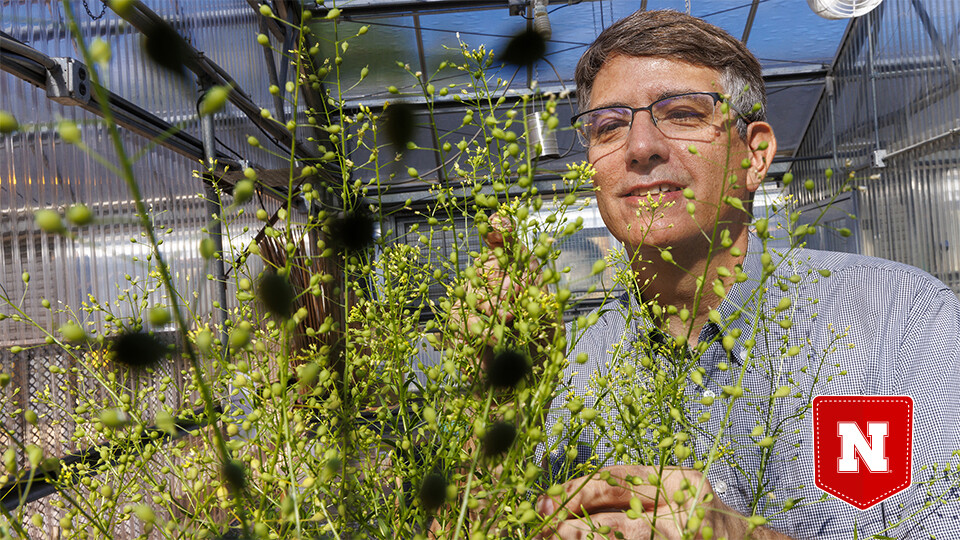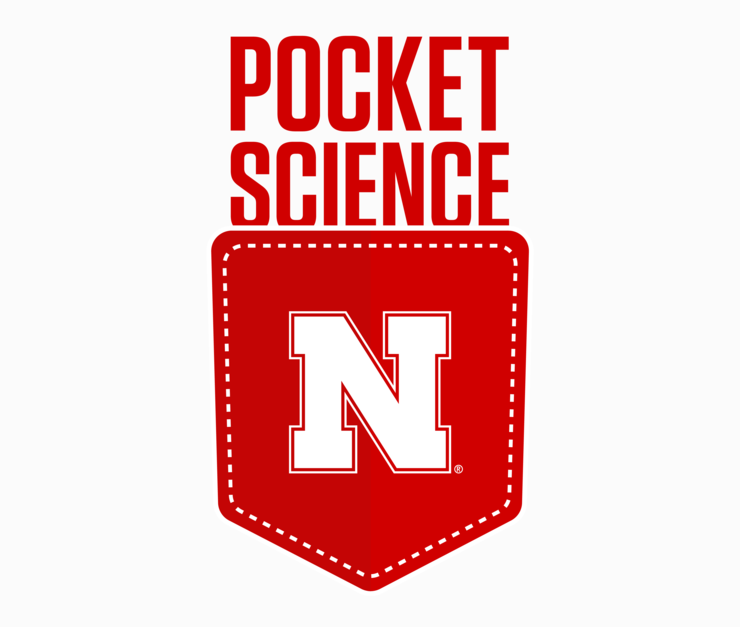· 3 min read
Plant-derived pheromones show promise as greener insecticides

Welcome to Pocket Science: a glimpse at recent research from Husker scientists and engineers. For those who want to quickly learn the “What,” “So what” and “Now what” of Husker research.
What?
Plant-chomping and sap-sucking insects destroy more than 20% of the world’s crops each year. In response, growers annually apply about 450,000 U.S. tons of conventional insecticides, which, while often effective, can damage the environment and threaten human health.
For several decades, researchers have explored how to repurpose the active ingredients of sex pheromones — chemicals released by insects and other organisms to attract sexual partners — for the sake of trapping insect pests or disrupting their reproduction. But producing synthetic versions of those pheromones on a commercial scale remains expensive enough that only growers of orchard fruit and other high-value crops can afford it.
In a poetic twist, researchers have since pivoted to other plants, including oilseed crops, that naturally yield chemical precursors of those insect pheromones and can be engineered to yield even more.
So what?
Led by researchers at Lund University, the Swedish University of Agricultural Sciences and the California-based ISCA Inc., Nebraska’s Ed Cahoon and Tara Nazarenus joined an effort to optimize the natural pheromone-part factories. They focused on Camelina sativa, or camelina, the sort of oilseed crop that Cahoon has devoted years to studying.
The team started by developing a line of camelina that yields oil with high concentrations of certain fatty acids. From a chemistry standpoint, the fatty acids act as raw materials in the production of pheromones employed by several crop-destroying moth species. After extracting and chemically converting those fatty acids into pheromone ingredients, the team deployed separate batches of the pheromones in cabbage and bean fields, respectively.
In the cabbage fields, the researchers set up lures coated with either synthetically produced or camelina-derived pheromones, recording the ability of each to capture and monitor diamondback moths. In the bean fields, the team compared how well synthetic versus oilseed-based formulations interfered with the cotton bollworm’s ability to locate sex pheromones — a proxy for the pheromones’ ability to disrupt mating. Across both cases, the oilseed-derived pheromones performed just as well as their synthetic counterparts. To the team’s surprise, the oilseed editions were up to the tasks even when containing high levels of impurities, which could equate to lower costs and quicker processing.
Now what?
Even in its current form, the team’s oilseed-based processing of pheromones would likely cost less than producing synthetics. Streamlining that processing, and further reducing costs, could put pheromones within reach of farmers who grow corn, soybean and other high-volume crops, the team said.








